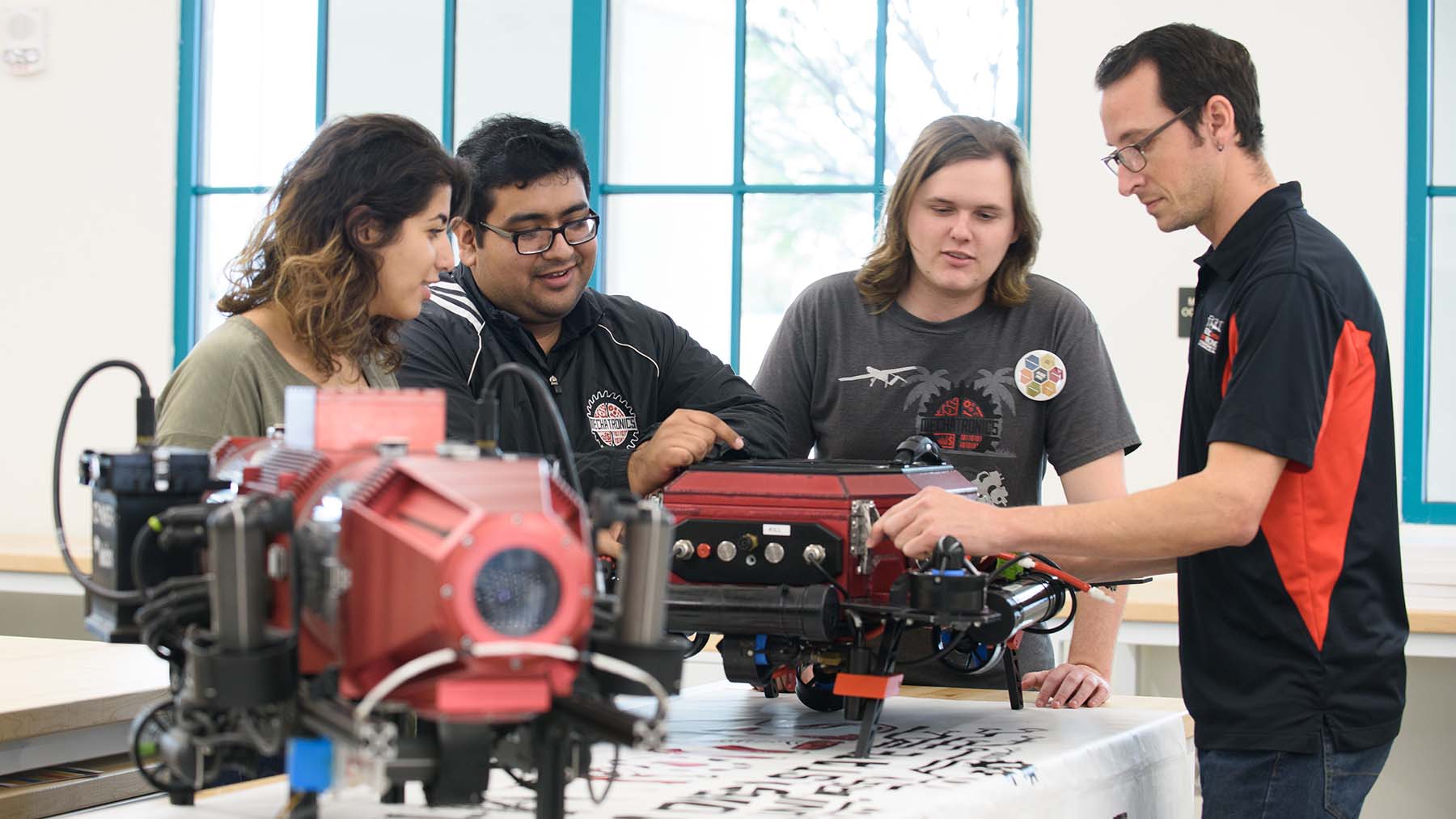Internship at Princeton's Plasma Physics Lab: Research Paper

The plasma-material interaction (PMI) effects that Deuterium and Carbon particles have on graphite divertor surfaces -- and more specifically, a portion of the National Spherical Torus Experimental Upgrade (NSTX-U) divertor -- were studied. In this report, a correlation between the commonly used grazing magnetic field angles at tokamak walls and incident ion angle distributions (IADs) of thirteen different impurity particles on a surface was investigated.
Additionally, an analytical surface model commonly used in literatures was evaluated to better emulate some of the PMI effects expected on the NSTX-U divertor. These results can directly help the broader efforts of predictive monitoring of plasma facing materials.
Due to the COVID-19 pandemic, this project was conducted remotely but the intense professional growth from this internship was still inevitable -- even from thousands of miles away from my appointed institution. I gained more confidence in the practice of reorienting myself to an evolving understanding of my research topic. I had multiple opportunities to string concepts apart in order to reconstruct them in a comprehensive narrative for an audience.
Lastly, and most importantly to my experience in research, I re-learned to respect the role of
breaths of time for reflecting, rephrasing, and reworking ideas.
Erosion and Disposition Impurity Trends on Rough Divertor Surfaces
An average roughness Ra has commonly been used to characterize analytical surface roughness, which only considers the amplitude of the deviations of a surface. However, the analytical model used in this report revealed the aspect ratio between peak amplitudes and the frequency of their occurrences. This is termed a Roughness Ratio (RR). By implementing a Monte Carlo ion tracing IDL code, the
influence of a range of grazing magnetic field angles for thirteen impurity species’ incident angle
distributions (IAD) was analyzed. These thirteen species are main and impurity expected to be present in the International Tokamak Experimental Reactor (ITER), the National Spherical Toroidal
Experimental Upgrade (NSTX-U), and the DIII-D tokamak. An optimal RR ratio of 0.4 is calculated for
C → C and D → C PMI cases with IADs influenced by a magnetic field angle of 88° from the surface
normal. Finally, a line profile analysis of the numerical NSTX-U surface yields averaged RR values
within range of 0.4 for three sample locations at 10 µm, 30 µm, and 50 µm.

